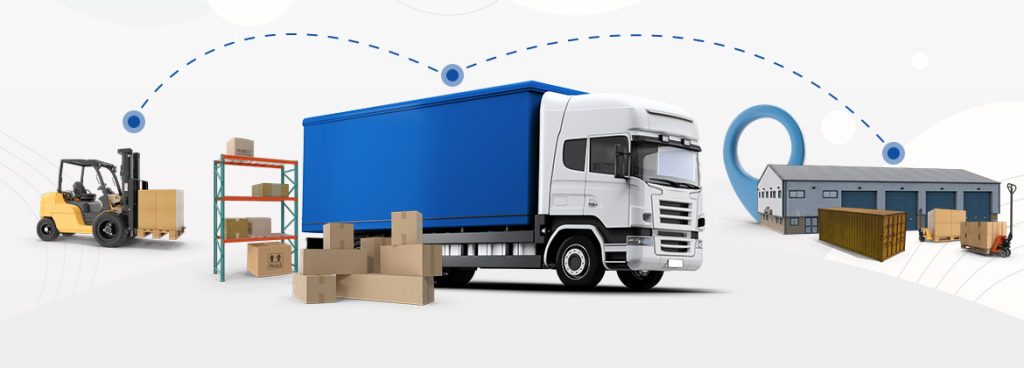AI-Driven Forecasting over Predictive Analytics in Logistics Planning
In the realm of logistics planning, the integration of AI-driven forecasting has emerged as a transformative force, ushering in a new era of efficiency and precision. Predictive analytics, powered by advanced artificial intelligence algorithms, has become a cornerstone for organizations seeking to optimize their supply chain management and streamline logistical operations. By harnessing the vast amounts of data generated across the supply chain, AI-driven forecasting empowers businesses to make informed decisions, mitigate risks, and ultimately enhance overall operational resilience. One of the key advantages of predictive analytics in logistics planning is its ability to anticipate demand fluctuations with unparalleled accuracy. By analyzing historical data, market trends, and external factors such as weather patterns or geopolitical events, AI models can generate forecasts that enable organizations to proactively adjust their inventory levels. This not only prevents stockouts or overstock situations but also minimizes excess carrying costs, leading to a more cost-effective and responsive supply chain.

Furthermore, AI-driven forecasting contributes to improved resource allocation and route optimization. Logistics planning often involves intricate coordination of various resources, including transportation vehicles, warehouses, and manpower. Predictive analytics algorithms, fueled by machine learning capabilities, can dynamically optimize routes based on real-time data, reducing transit times and enhancing overall delivery efficiency. This not only saves costs but also enhances customer satisfaction by ensuring timely deliveries. In addition to its role in demand forecasting and resource optimization, AI-driven forecasting proves invaluable in risk management within logistics planning. Through continuous analysis of diverse data sources, these systems can identify potential disruptions in the supply chain, allowing organizations to proactively implement contingency plans. Whether it is the identification of potential bottlenecks, geopolitical unrest affecting shipping routes or natural disasters impacting key suppliers, predictive analytics provides the foresight needed to navigate and mitigate risks effectively.
Collaborative decision-making is another area where Freight logistics services forecasting makes a significant impact in logistics planning. By facilitating real-time communication and information sharing across the supply chain ecosystem, these systems enable stakeholders to make informed decisions collectively. This collaborative approach enhances overall coordination, reduces delays, and fosters a more agile and adaptive supply chain environment. As organizations increasingly recognize the transformative potential of AI-driven forecasting in logistics planning, the adoption of these technologies is becoming more widespread. From large enterprises to small and medium-sized businesses, the integration of predictive analytics is proving instrumental in gaining a competitive edge in the fast-paced and dynamic world of logistics. As technology continues to advance, and AI models become more sophisticated, the future promises even greater strides in precision, adaptability, and efficiency within logistics planning, ultimately redefining the landscape of the global supply chain.